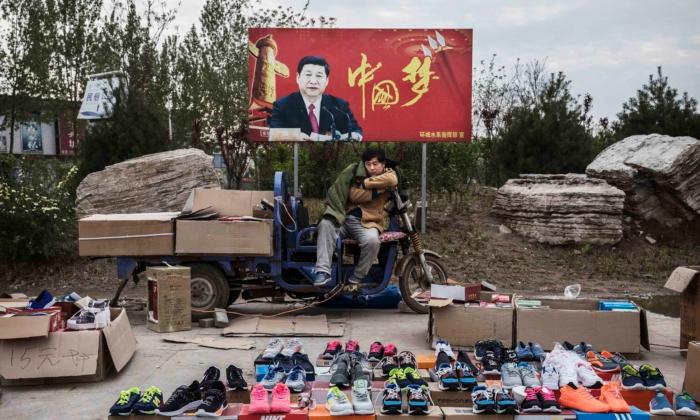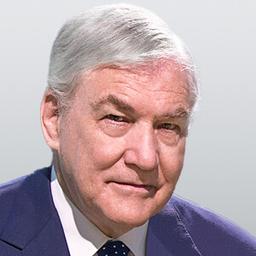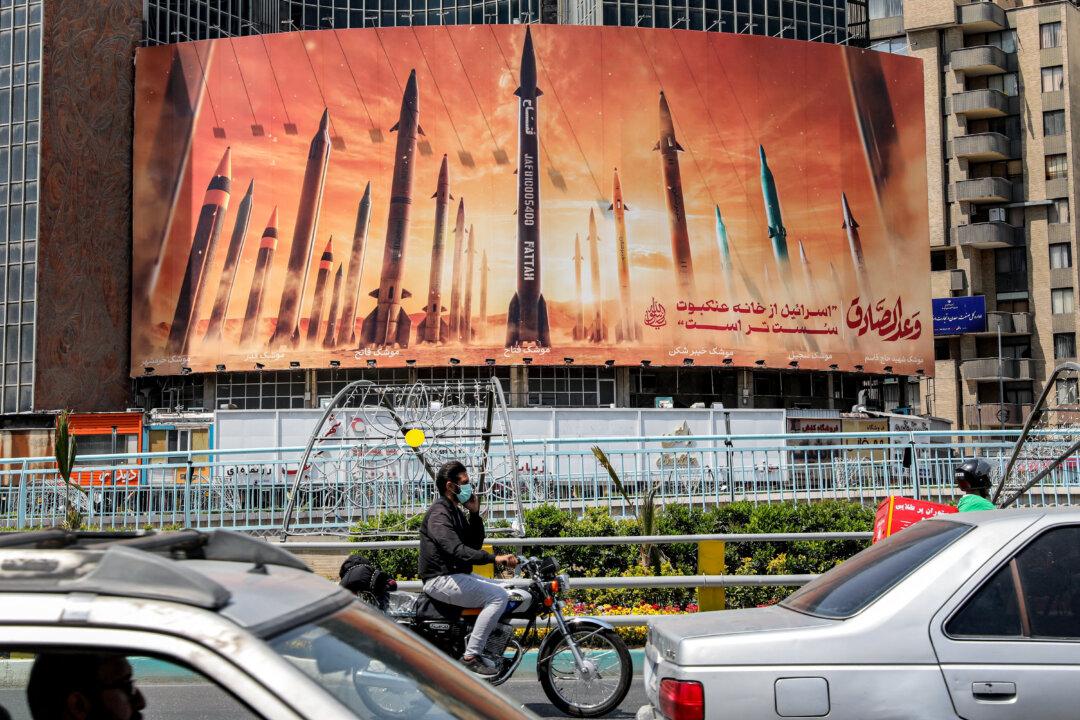It won’t come as a surprise to most Epoch Times readers to note that the long inescapable truism that China was about to emerge as the greatest economic power in the world has mercifully ceased.
More venerable observers will recall that practically the same thing was said about Japan, until that country’s tremendous economic advance hit the wall about 30 years ago. Some will remember the condescension of Japanese Prime Minister Kiichi Miyazawa to U.S. President George H.W. Bush about American relative economic decline, when President Bush visited Tokyo in 1992.
A somewhat similar event was the infamous meeting between Chinese foreign minister Yang Jiechi and U.S. Secretary of State Antony Blinken in Alaska in 2021, when the foreign minister all but stated that China had already surpassed the United States as a power in the world.
Some will even remember, as I do, when Soviet leader Nikita Khrushchev declared to Western ambassadors in 1956, “We will bury you." Of course, 35 years later, precisely the opposite occurred.
Even the more creative of the Nazi leaders imagined that, in the late 1930s, Germany was in the act of surpassing the United States as the world’s greatest economic power. Propaganda minister Joseph Goebbels sarcastically referred to higher U.S. unemployment figures than those in Germany. In fact, that was false, as all those whom Germany had conscripted into its armed forces and defense industries counted as employed, while the equally hard-working, more constructively occupied, and better-paid Americans in the Roosevelt administration’s innumerable workfare plans, building infrastructure and promoting conservation, were inaccurately considered to be unemployed.
It’s true that when President Franklin D. Roosevelt contemplated the accretions of German-occupied territory accomplished by its rank aggression in 1939 and 1940, which extended German occupation over an area as populous as the United States, it was a further impulse to his natural instinct to assist the democracies in their resistance to Nazi Germany. But when the litmus test came, and maximum war production was achieved, the United States annually produced several times as many military aircraft and tanks as Germany, and also sent millions of tons of war supplies to Britain and the Soviet Union and built a navy larger than all other navies in the world combined, while the Nazis slunk around the North Atlantic in submarines.
There’s no question that the economic rise of China, and with that, the enhanced geopolitical importance of that country, is probably the greatest development story in history, and China is the first country in the world to become a great power, relinquish that status, and then regain it, after a lapse of centuries. But the extraordinary advance of China from a chronically primitive and underdeveloped society, most of whose citizens didn’t live in a way that was in any material respect different from that of their ancestors 1,000 years ago, to being the second-largest economy in the world, didn’t imply that it was about to complete the trajectory by surpassing the United States any more than the somewhat comparable advances of the previous challengers in the last century did.
In the 50 years between the end of the U.S. Civil War in 1865—in which 750,000 people died in a population of 31 million to suppress the Southern insurrection and emancipate the slaves—and World War I, the United States almost tripled its population, and its population has almost quadrupled in the century since then. At the beginning of the 1880s, the United States, Germany, and the United Kingdom were neck and neck as the world’s leading economies, and in that decade, the United States posted annual noninflationary economic growth averaging above 8 percent and pulled steadily away from its rivals. By World War I, it was operating on a scale that the world had never imagined to be possible, and it continues to do so.
The Japanese were at least operating in a democratic and free enterprise (if cartelized) system largely designed for them by the post-war U.S. military governor Gen. Douglas MacArthur, when they thought they could catch up to the United States in less than 40 years, rebuilding from a war-shattered country and with less than half America’s population. However, the United States achieved and retained its world-leading status with 65 years of massive demographic and economic expansion from 1865 to 1929 and after the difficult hiatus of the 1930s, another tremendous expansion of the American population and economy from 1940 into the 21st century.
At every stage, America was expanding its population, more than eight-fold in 150 years, emancipating its minorities, and, at least for the last century, has been the world’s unquestioned technological leader. The American economy has been built up on reinforced strength as its population has grown swiftly, participation in the workforce has grown steadily (until COVID-19), and it has achieved a level of productivity unheard of in history and not significantly challenged today. Such commanding heights (to borrow a Marxist expression), aren’t easily scaled by competitors.
This challenge is from the People’s Republic of China, which savaged its own economy with the ”Great Leap Forward” of the 1950s and sandbagged itself again with the “Cultural Revolution” of the 1960s and ‘70s, in which the deputy leader, Lin Biao, was shot down in an aircraft as he attempted to flee the country, the future paramount leader, Deng Xiaoping, was banished to work in a tractor factory for four years, and the widow of Mao Zedong, Jiang Qing, was sentenced to death, but later released to hospital, where she committed suicide.
And it’s the same People’s Republic that inflicted upon itself a one-child policy that’s not only now shrinking the population but also severely aging it. This isn’t a conventional progression toward world leadership, and it isn’t a policy matrix for unlimited success.
China’s debt-to-gross domestic product ratio reached two-to-one about a decade ago and has recently reached an unsustainable three-to-one. Total factory productivity, one of the key yardsticks of the health and progress of any advanced economy, has been negative for a decade. China’s share of global foreign direct investment has fallen in 20 years from 15 percent to below 5 percent, and that trend is continuing as the West repatriates the supply chain. China is still approximately 40 percent a command economy, which is a severe competitive disadvantage to the West (including Japan, South Korea, and Taiwan).
The entire, much ballyhooed Belt and Road Initiative of exporting infrastructure to developing countries is producing the diminishing returns common to infrastructure investment, and since much of the labor is exported from China, the goodwill that these projects engender is limited. In addition, once made, the investments are politically vulnerable to the caprices of the host countries. In China, as previously in Japan and the USSR, economic growth rates can’t indefinitely sustain the velocity that they achieve in initially transferring resources from agriculture to industry and copying (or stealing—as China allegedly did with Canada’s Northern Telecom) technology from more advanced countries and financing investment with extravagant debt.
China has been touting its “authoritarian state capitalism,” but that’s oxymoronic: Capitalism is a free market, and China will discover, as other countries have, that you can’t long enjoy the economic growth of capitalism while simultaneously strangling the freedom of economic choice.







